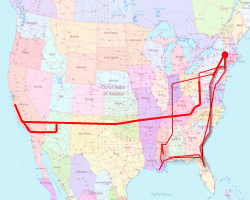This video exposes a confidential report on a secret experiment called “DEEP SPILL” carried out by the US government and a group of oil companies including BP in the year 2000. One of the conclusions was that the most toxic part of the oil would be caught in the water unable to be recovered. Was it a surprise that most of the oil from the BP well stayed in the Gulf of Mexico, at depth, in clouds of small particles? It may have been to us but it shouldn’t have been to BP or MMS (the government agency whose job it is to regulate deep water drilling). It also should have come as no surprise to NOAA (the government agency that regulates anything in the sea around the U.S.) All of those institutions did deny the first reports of the clouds when they were found by the Pelican research vessel and the University of Missisippi’s Dr. Ray Highsmith and his crew. But they must have known because MMS and the oil companies paid for, and conducted an experiment off the coast of Norway in 2000 to see what would happen in a deepwater oil well blowout. Remember all that “this is a new problem” you heard on television? Well the study showed that the oil would not all rise to the surface to be collected but would tend to form cloud layers of neutrally buoyant particles that might be the most toxic part of the oil.
Here’s a direct quote from the report:
“This is important information, because the water-soluble compounds are generally the most toxic ones when exposed to marine biota. The results from these measurements show that the rising of the oil through the water column represents a kind of a “stripping” process of some of the most toxic compounds in the oil. The end result is therefore that a portion of the most toxic compounds is left in the water column.”
here is the whole final report
DEEP SPILL FINAL REPORT




